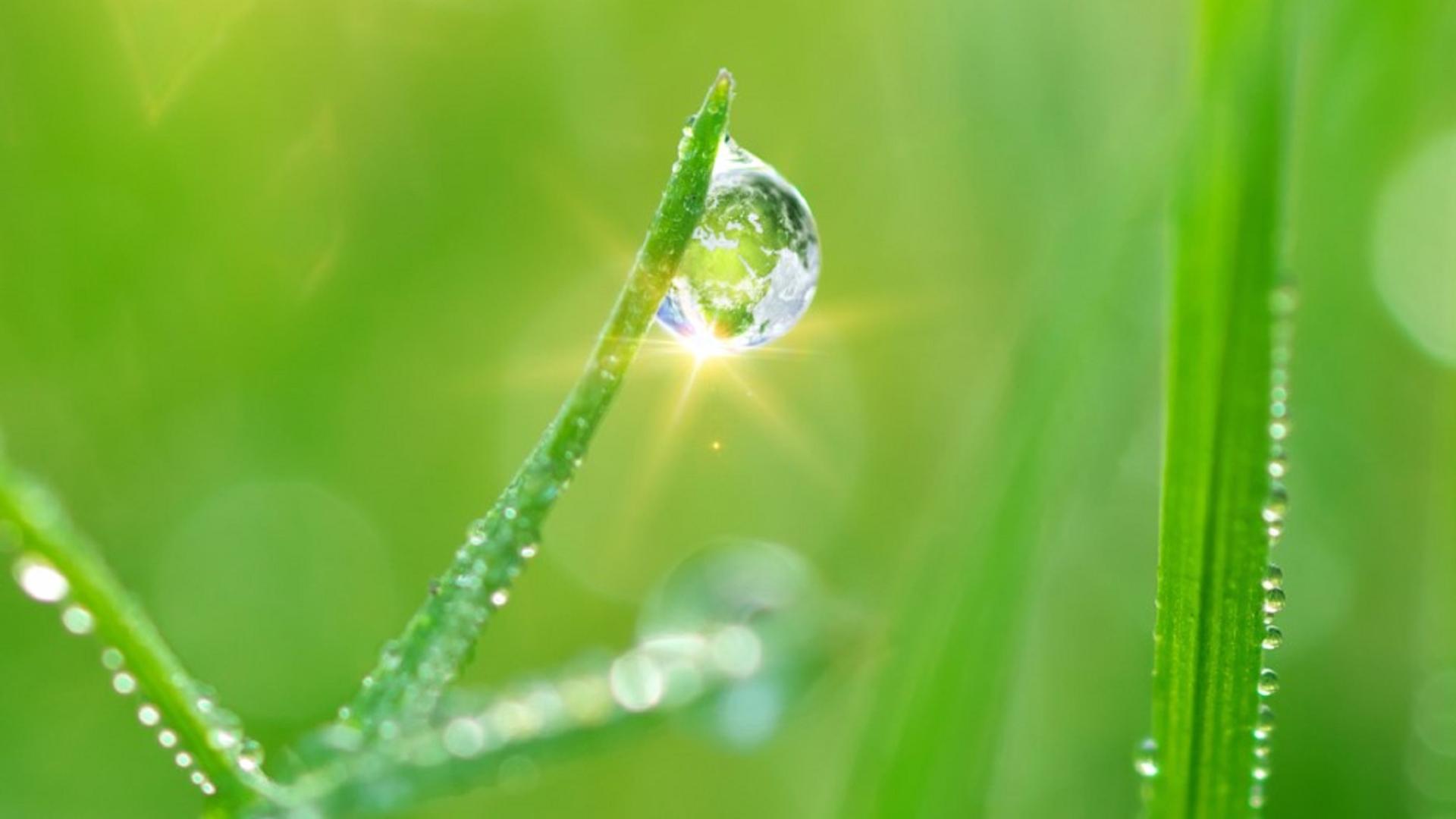Climatic situations reveal breeding opportunities
Our Alfalfa breeding is busy and they are constantly on their feet to find and register qualities in Alfalfa as to any climatic challenge

DLF Alfalfa is usually cultivated in rotation of up to 5 years
- and it is for any farmer important to harvest the highest quality and yield every year in spite of changeable weather and extreme climatic conditions
Our breeders are always looking for incredible peculiarities, as any small change in the nursery crops might be an improvement compared to old varieties. However, we will also have a look at more common breeding target as:
- High dry matter yield
- High lodging resistance
- High protein content
- Improved digestibility
- Nematode resistance
- Verticillium resistance
- Anthracnose resistance
One important breeding tool in DLF Alfalfa
Alfalfa is an allogamous plant which mean cross-pollinated and for this reason, we need insects to pollinate plants in our nurseries and seed production. Affected by the changeable climate is the amount of insects, but we have not so far had severe challenged with pollination.
Did you know...
- There are different Alfalfas fitting different climatic conditions. The main types are the Flemish Alfalfa types (dormancy < 5) and Mediterranean Alfalfa types (dormancy > 5), but then you also have Alfalfa varieties adapted for grazing. With a low dormancy, you get very winter hardy Alfalfas and with increasing dormancy you get alfalfas not suitable for cold winter.
- Alfalfa feed insects and works as a hidding place for chicks and smaller animals. Try letting a corner of the field untouched and observe a bird, insects and wildlife blossom.
Do not hesitate to contact your local distributer of seeds from DLF if you want to know more about DLF Alfalfa suitable for your climate and management.
Learn more about DLF Alfalfa here.